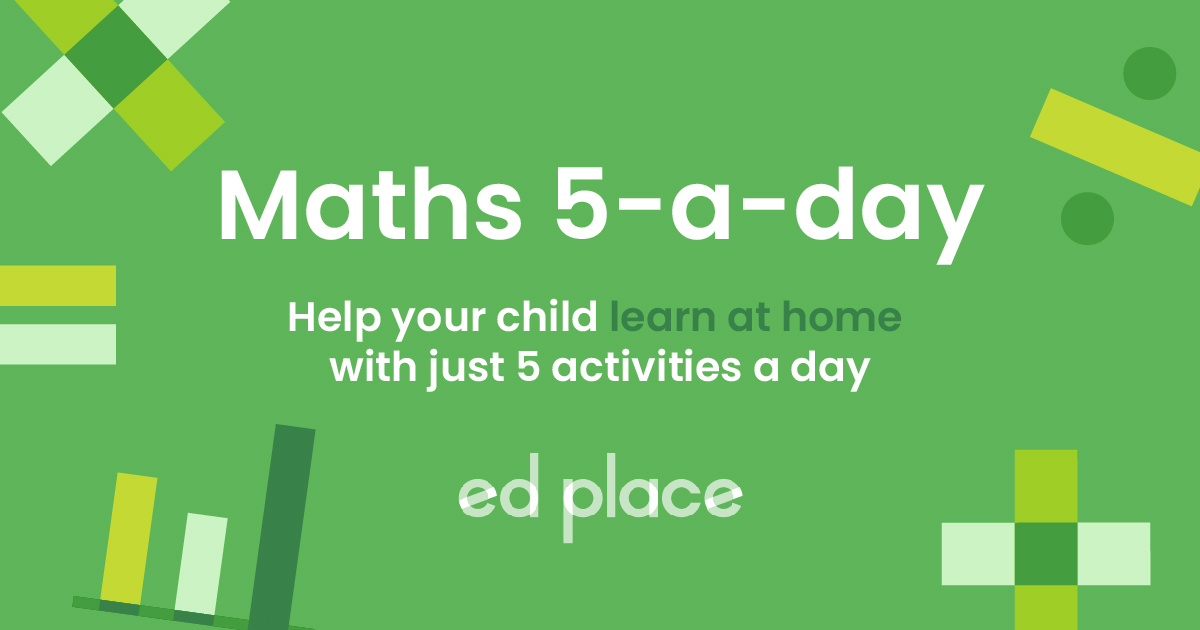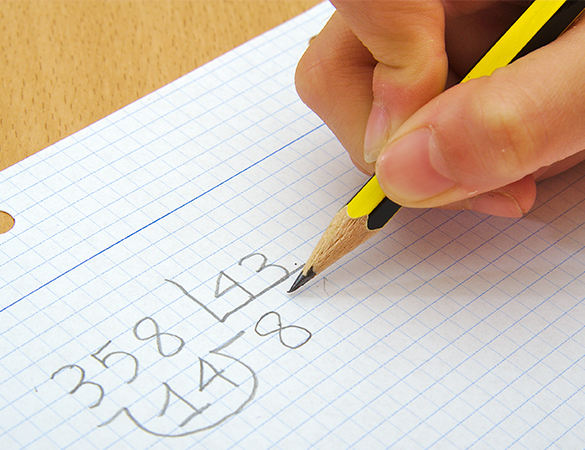By year six there are some key areas your child should have mastered in maths and it’s never too late for older learners to brush up on these core skills too. These include being able to use calculators effectively, knowing how to use partitioning to work out more complex sums, good knowledge of times tables and familiarity with different types of shapes and their characteristics.
Many parents worry that their own maths skills aren't up to scratch and don't want to confuse matters by getting involved in maths practice. Biting the bullet now though could be well worth the effort. Don't wait until GCSEs are looming before making sure your child has got the fundamentals right. In this article we offer some tips and tricks to boost your confidence in helping your child with maths.
Confidence is key for kids as well as parents. If you refresh your own maths skills you'll feel better able to offer help with homework and you can encourage your child to practice at an appropriate level, which is key to building confidence in maths. Help your child practice solving problems and sums that you know they can do first. Create similar sums to the ones you can see your child can manage. For example if they are looking at multiplication involving two digits times two digits don't rush them on to three digits times two digits. Creating a comfort zone in which they can practice and master a skill is a huge confidence boost. Don't underestimate the value of ticks and praise and encourage independent learning by helping your child check their own practice work with a calculator.
Some simple tricks with calculators are also taught in school. Using a calculator isn't cheating. It has a legitimate use for checking and demonstrating that children know what calculations are necessary to solve a given problem. For example, using the memory functions on a calculator can help when working out a sum which has several steps. For example, calculations such as:
Divide 78 by 4. Subtract the answer from 52
First the child can use the calculator to divide 78 by 3 to arrive at the first part of the answer – 19.5. Now they can press the M+ button on the calculator to store this answer. Then enter 52 minus MR – the MR button will recall the first part of the answer and subtract it from 52 to arrive at 32.5. What is important here is that your child understands the steps required to correctly complete the calculation correctly.
Partitioning and grid methods are also useful tricks to make sure your child has got to grips with maths. Partitioning simply involves breaking a sum down into easier constituent parts. For example adding 3.7 and 4.9 involves adding the whole number parts first (3 + 4 = 7), then the tenths (0.7 + 0.9 = 1.6) and then adding the two answers together (7 + 1.6 = 8.6). Grid method multiplication is an extension of the partitioning concept and offers a more visual alternative to traditional long multiplication. It involves breaking the sum down into a grid e.g. 43 x 37 becomes:
|
40 |
3 |
|
|
30 |
1200 |
90 |
|
7 |
280 |
21 |
|
1480 |
111 |
1480 + 111 = 1591
You break down the numbers to be multiplied into the top and left hand columns of the grid and multiply them by each other to fill in the middle boxes. You then add up the two columns of answers and add the total for each column together to arrive at the final answer.
Look for worksheets on primary level maths on the EdPlace Maths key stage 1-2 page.








